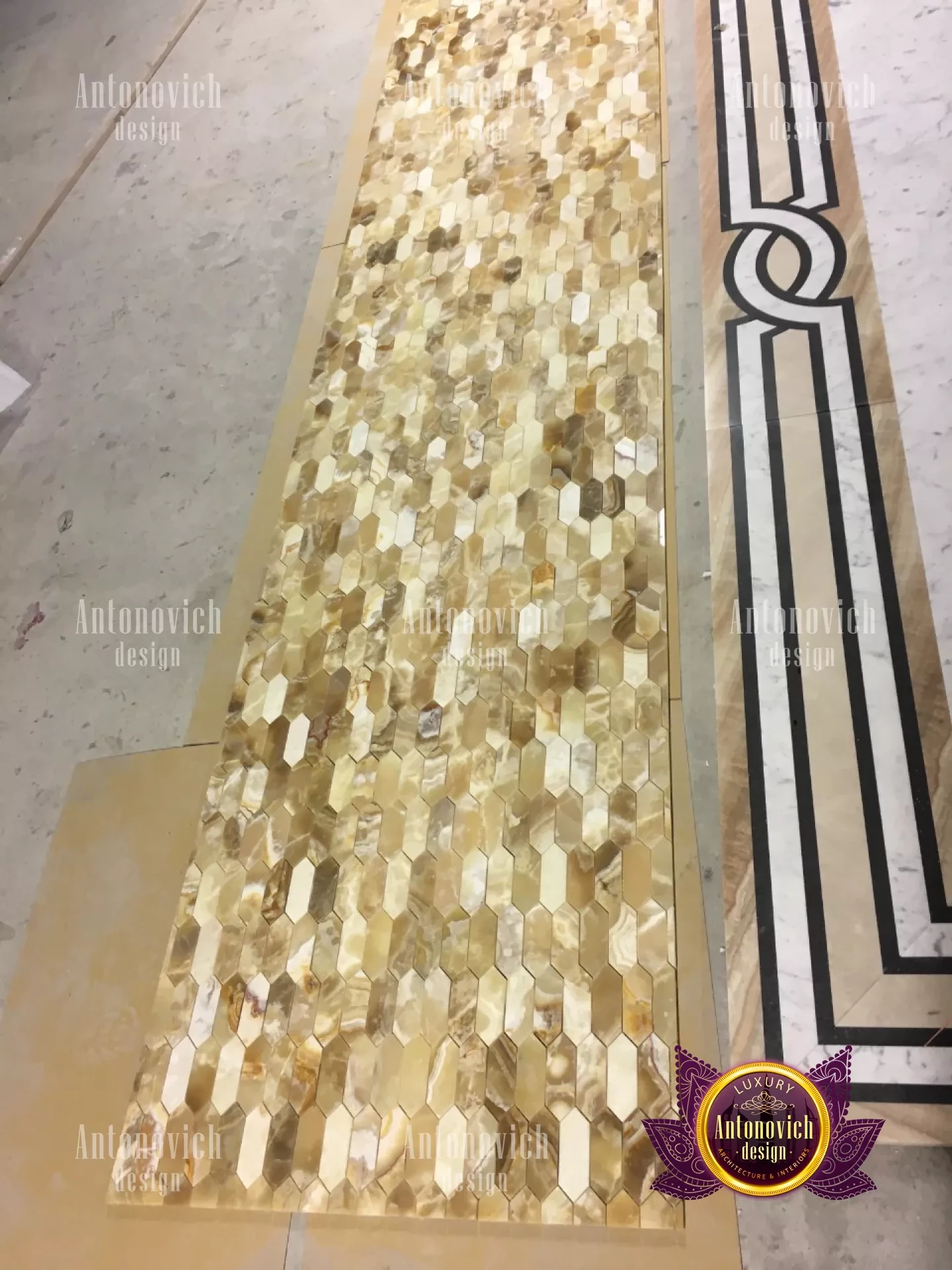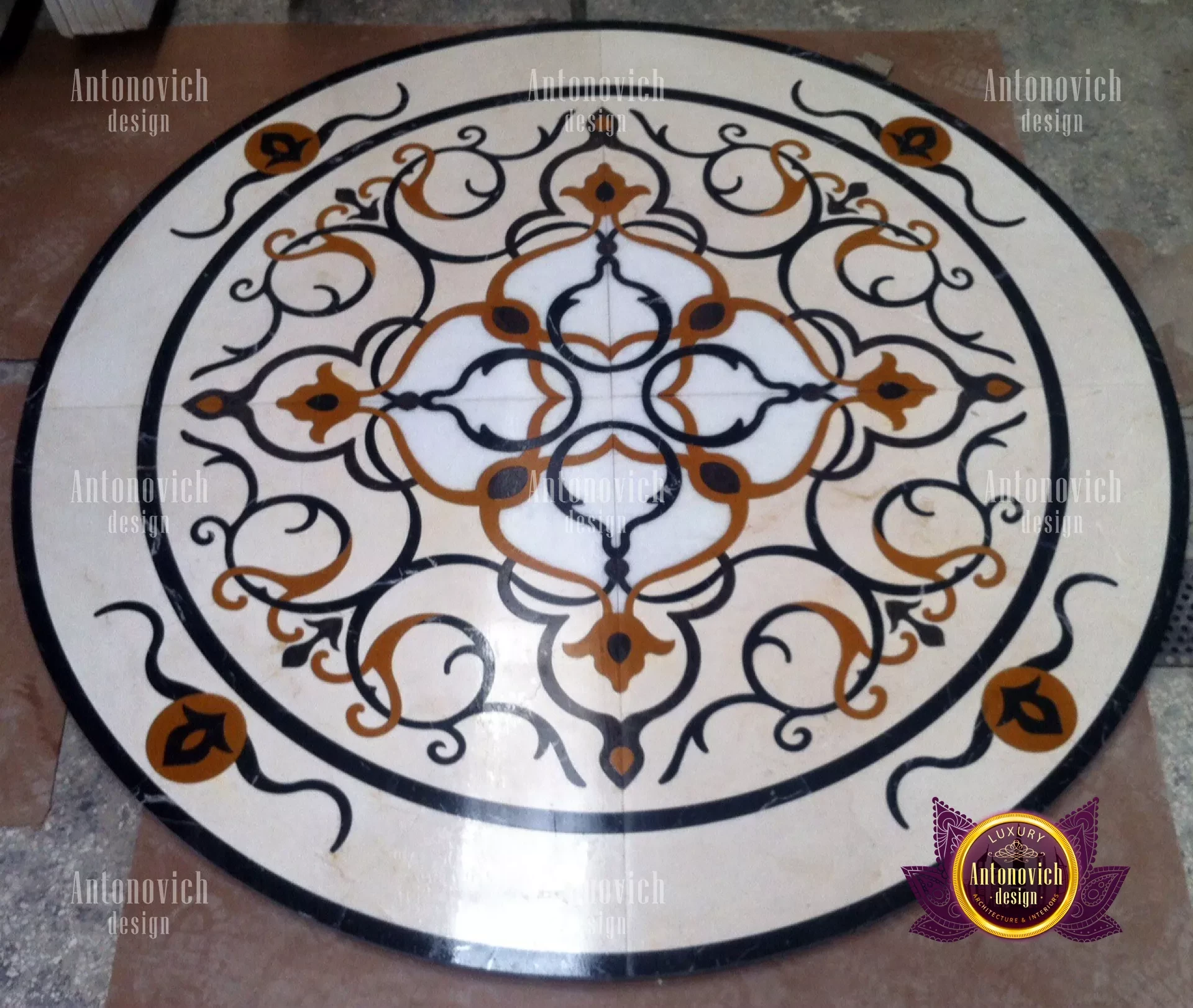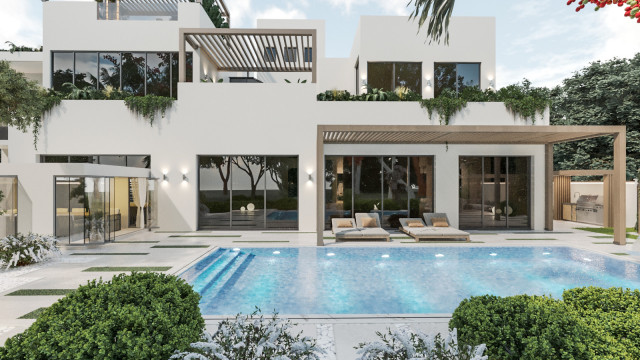COMPREHENSIVE FLOORING GUIDE
Our comprehensive flooring guide helps you through all of the alternatives for the best types of flooring for your house, including pros and disadvantages and basic cost information. Keep in mind that, depending on the room and your demands, most houses have several flooring materials. Our advice hasn't changed in over a century: spend more on high-traffic, high-visibility portions of your home, and select lower-cost, more lasting materials elsewhere. There are two varieties of hardwood flooring: solid wood flooring, which is made of a single solid piece of wood, and engineered wood flooring, which is made of a thin veneer of actual wood attached to layers of structural plywood. Both kinds are available in up to fifty different species, with oak, ash, maple, and walnut being some of the most common. The warmth and beauty of hardwood floors explain their long-lasting popularity. A well-maintained hardwood floor may survive for decades, if not centuries because it can be sanded and refinished several times (particularly solid wood varieties). The most significant disadvantage is the expense. Wood flooring is the most expensive, even if certain kinds are less expensive than others. It is also prone to dents and scratches, and solid flooring, in particular, expands and contracts in response to variations in humidity levels, resulting in cracks, splinters, and noisy boards (engineered flooring does much better with moisture, making it suitable for kitchens and basements).

Laminate is another designed product, but instead of a wood veneer on top, it employs a picture of wood (or stone, or any other material) with a protective plastic layer. The substrate of laminate flooring is generally thick fiberboard. Because of the plastic topcoat's resistance to scratches and dents, laminate is one of the most durable flooring solutions. It's also one among the least expensive, and it's frequently available as a DIY-friendly "floating" floor system, with planks that snap together rather than being fastened or glued down. Vinyl, often known as resilient flooring, is the fastest-growing flooring type. It ranges from low-cost, do-it-yourself peel-and-stick tiles to luxury vinyl tile (or LVT), which has numerous layers, including a design layer with a high-definition printed picture, a durable top layer, and several cushion layers. Sheet vinyl for beginners is fairly inexpensive. All vinyl is stain, scratch, and dent resistant, as well as waterproof, making it suitable for basements and bathrooms. Installation is simple, especially with sticky tiles and floating boards. LVT is a thick, robust tile with the appearance and feel of genuine wood. In fact, in testing, our product specialists frequently have difficulty identifying LVT from real wood.

Despite losing market share to resilient flooring, carpet remains the largest flooring type in the United States. The majority of carpet marketed in the United States is tufted, with tiny, mainly nylon threads springing out through a polyurethane backing. Then there's woven carpet, which is more widespread in Europe and is created by weaving lengths of thread, generally wool. Woven carpet is much more costly than tufted carpet. Carpet is the most comfortable and cost-effective flooring option, and it comes in a variety of colors and designs. It is simple to install and maintain, requiring only frequent vacuuming. Versions that are stain-resistant are even easier to clean. Stone flooring provides a lot of character and originality because no two stones are the same. Stone is also a long-lasting material that can survive strong foot traffic as well as fade in the sunshine. It also protects against dust and allergies. High-end builders and designers have seized on this fundamental building element as a fashion-forward material for flooring and kitchen counters. A poured-in-place concrete floor can be either the anticipated hue of institutional gray or dyed. It may also take on other surface treatments, including acid stains and rubber-stamp stencils, to create a really unique impression.












